Trinidad & Tobago is mostly known for having the second largest Carnival celebration in the world after Brazil. However, there is more to this island than just this, as I experienced in my recent one week visit.

Fresh coconuts
Trinidad & Tobago has interesting population demographics. Roughly half of the population is of Indian descent, and the other of African descent. The reason being is that Africans were brought in as slaves in the slave trade. However, after slavery was banned, Indians were brought in as indentured laborers. Essentially, laborers would agree to work for a certain amount of time in exchange for a plot of land. Unfortunately, this deal was not always agreed to, but it was dependent on the kindness of the plantation owner in the end.
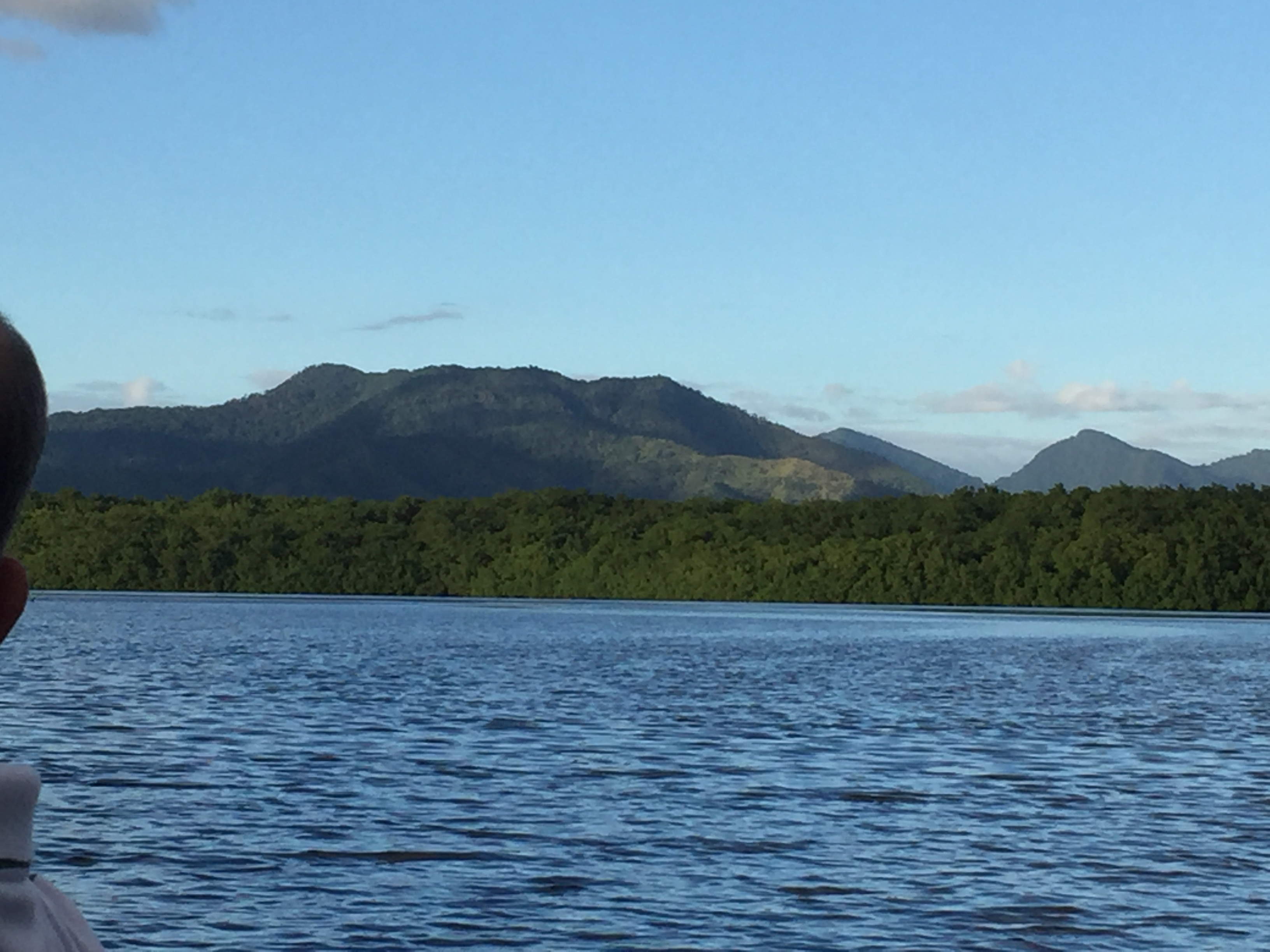
Caroni Swamp
Trinidad and Tobago are actually two separate islands. Trinidad is the most prosperous island on the Caribbean, due its proximity to oil deposits. For this reason, it is the only island in the Caribbean that does not depend on tourism. Tobago, however, is heavily reliant on tourism. It has picturesque beaches and coral reef that is unfortunately a shell of its past glory.
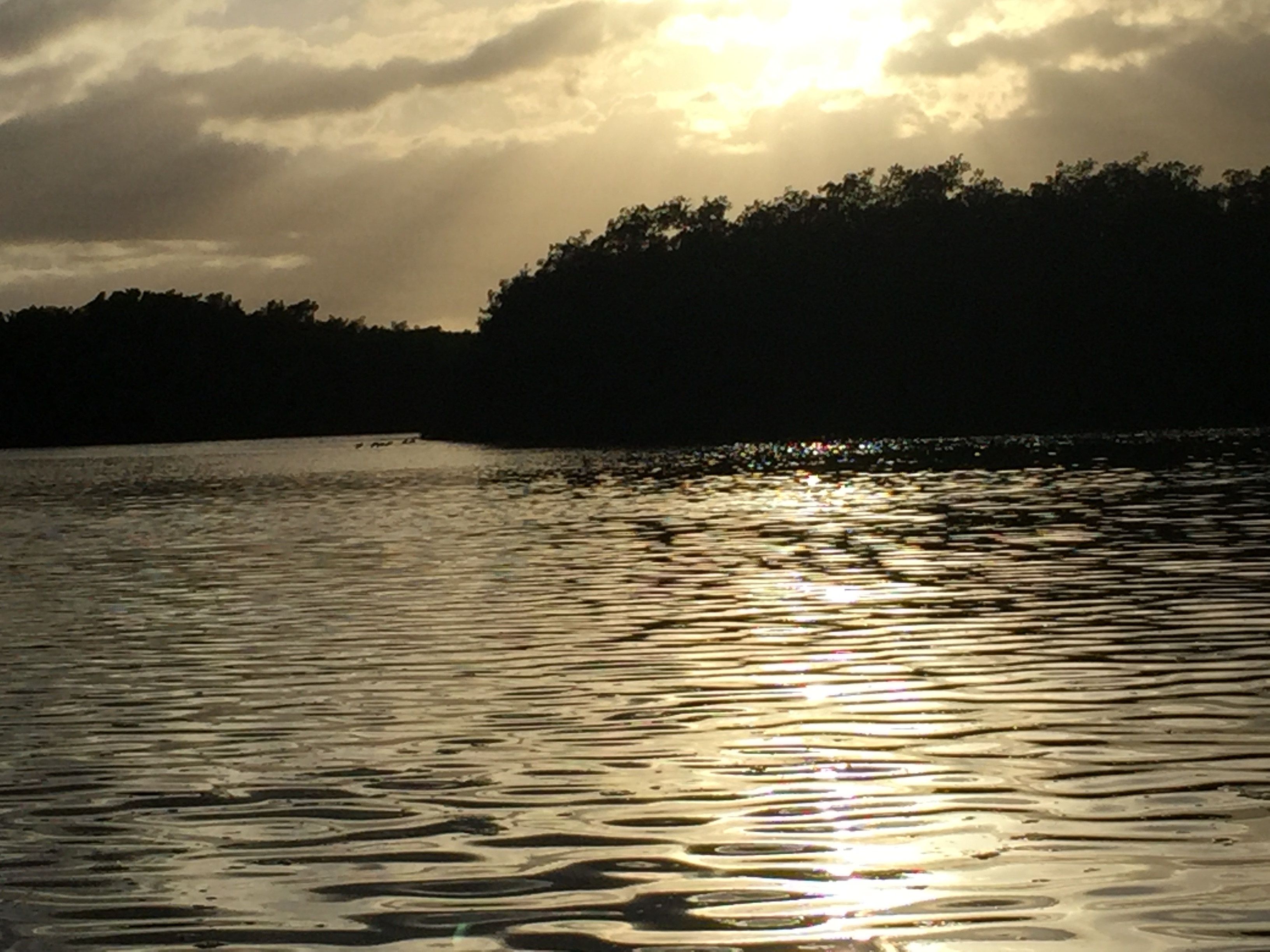
Sunset at Caroni Swamp
Trinidad has a notorious reputation for high crime, but I didn’t experience any of this during my visit. One thing I did notice is that streets were mostly empty at night. Unfortunately, due to government corruption and greed, the drug trade has infiltrated the island, and certain neighborhoods are as dangerous as any in the world.

Caroni Swamp
There aren’t many must-see attractions in Trinidad, but I seeked out whatever I could. My first visit was to a place called the Pitch Lake. This is essentially a lake of tar.
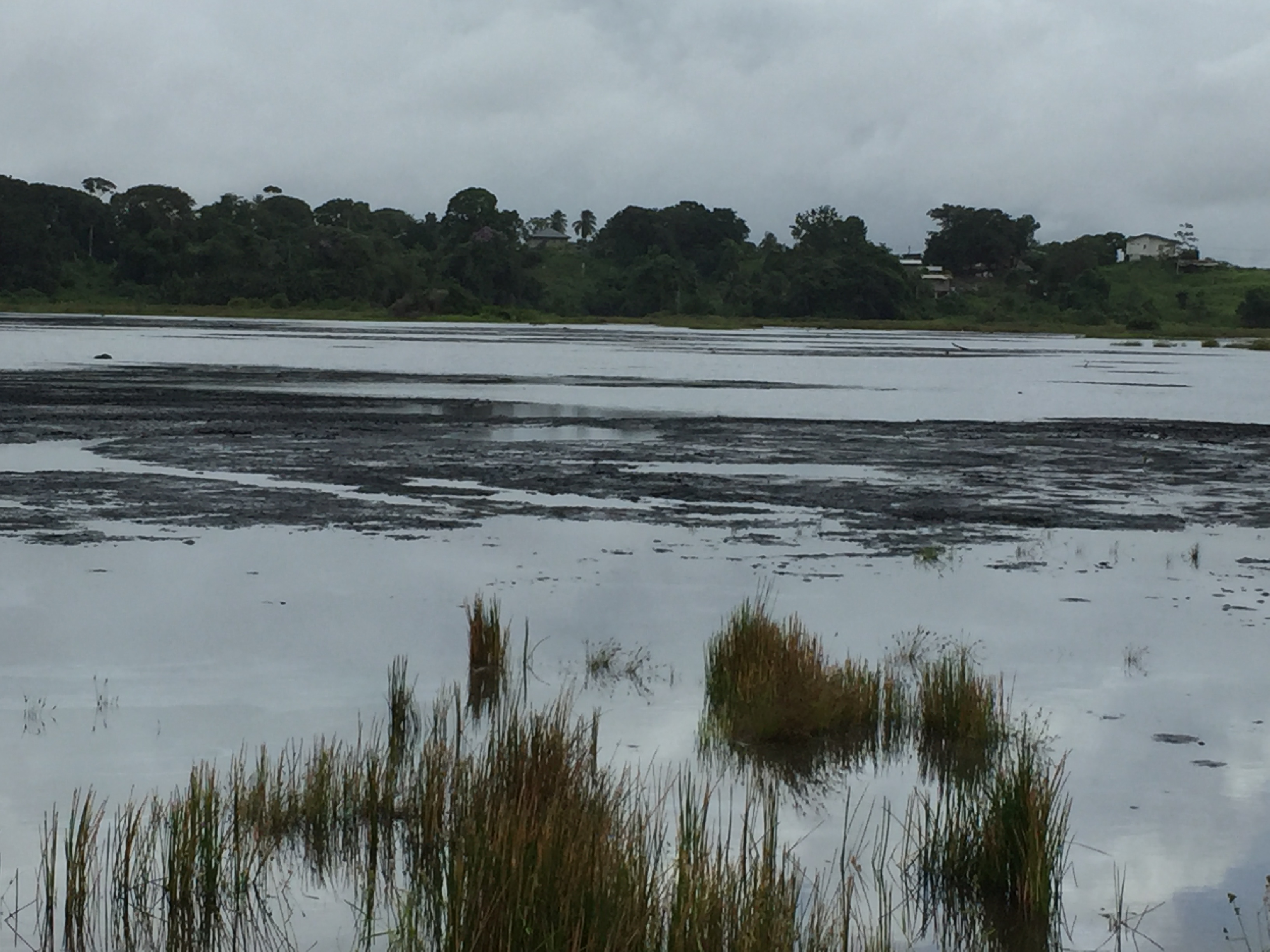
Pitch Lake
The material in the lake is used to create asphalt, which is used domestically and exported internationally as well. The guide mentioned that people and animals sink often as they are unaware of the spots of the lake where one can sink in an instant.

Pitch Lake
The next day I visited Port of Spain, the capital. There is a viewpoint at the top of the city where the shantytowns and skyline can be seen in one shot.

There is a boardwalk near the Hyatt hotel. It was empty on this day since it was holiday time. There was an interesting exhibit of Olympians from the islands. Ato Boldon is the most well-known of any of them, he won several medals as a sprinter.
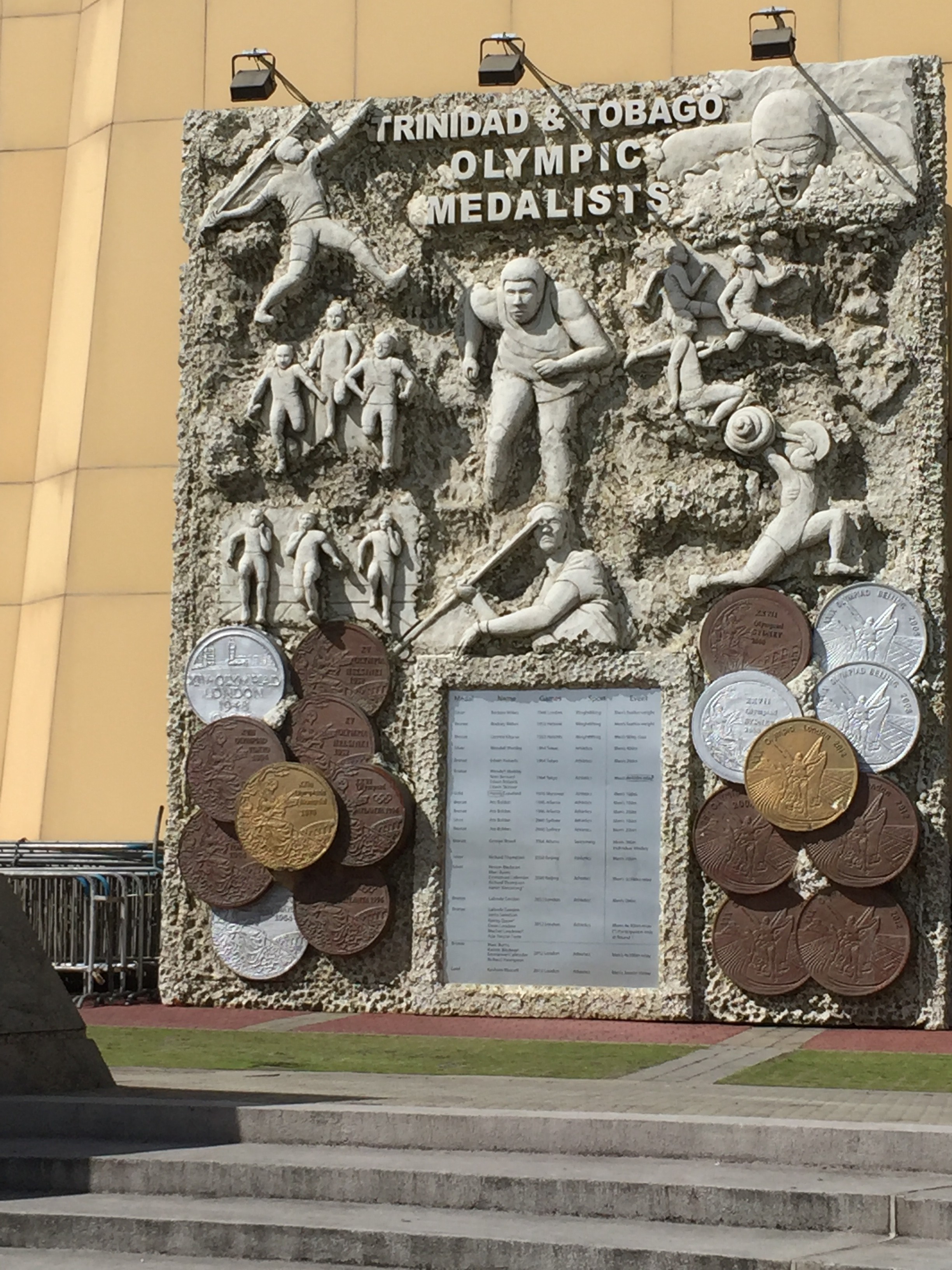
From here we went to Chaguramas. This is an area with a boardwalk. Many people come here to stroll and enjoy the serene atmosphere. There was a modeling training of some sort while I was there, which was interesting. I think they were becoming annoyed that people kept walking through them.

Chaguramas boardwalk
On the following day, I went to a local mud volcano. It wasn’t very high, but it was still something to see.

Mud Volcano
This was the view of the country area.
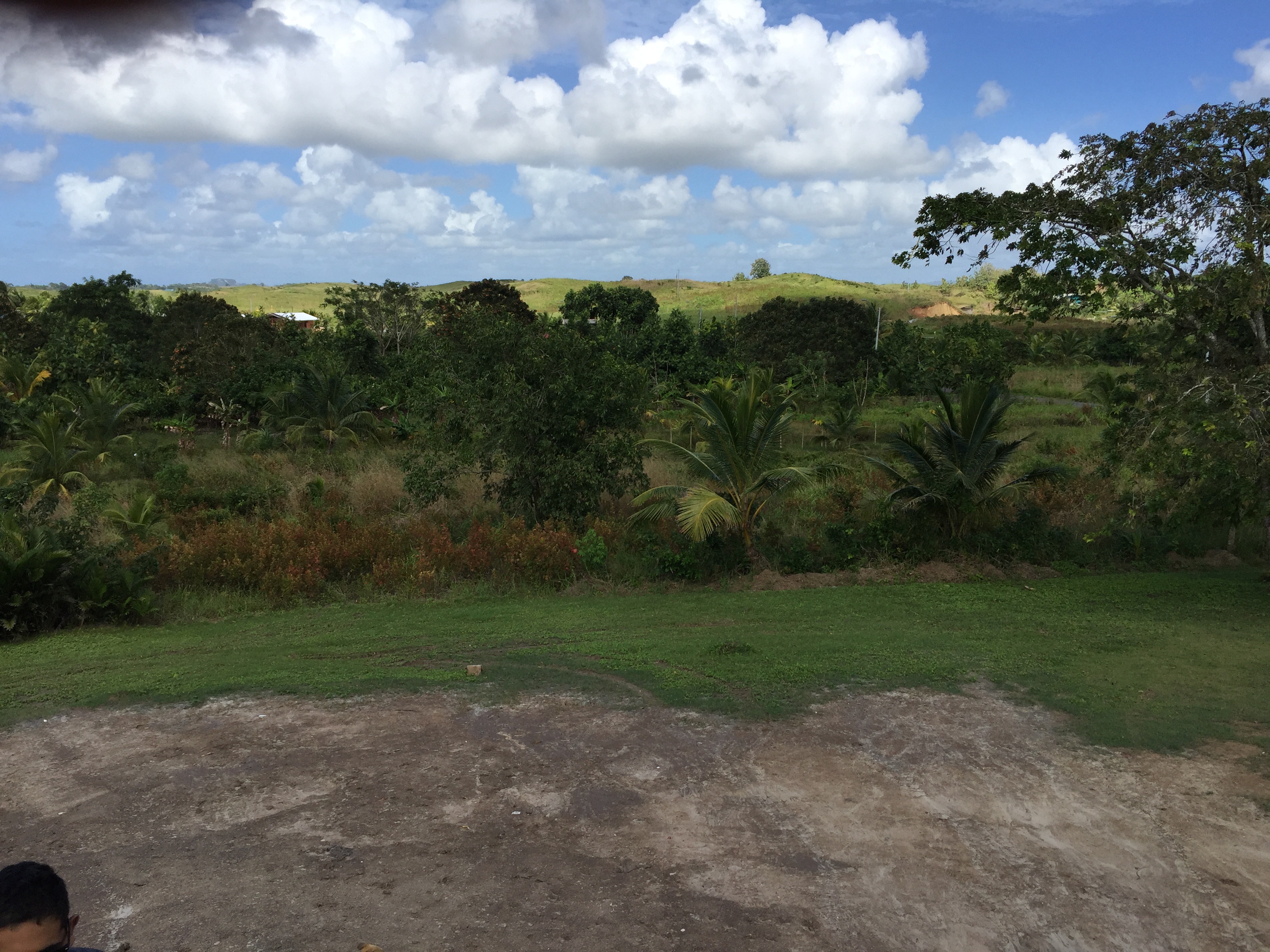
The final day was the most fascinating. I went to the Caroni Swamp, which I assumed would just be a boat tour of the swamp. However, the ending was stunning, as we watched the migration of the national bird, the Scarlet Ibis.
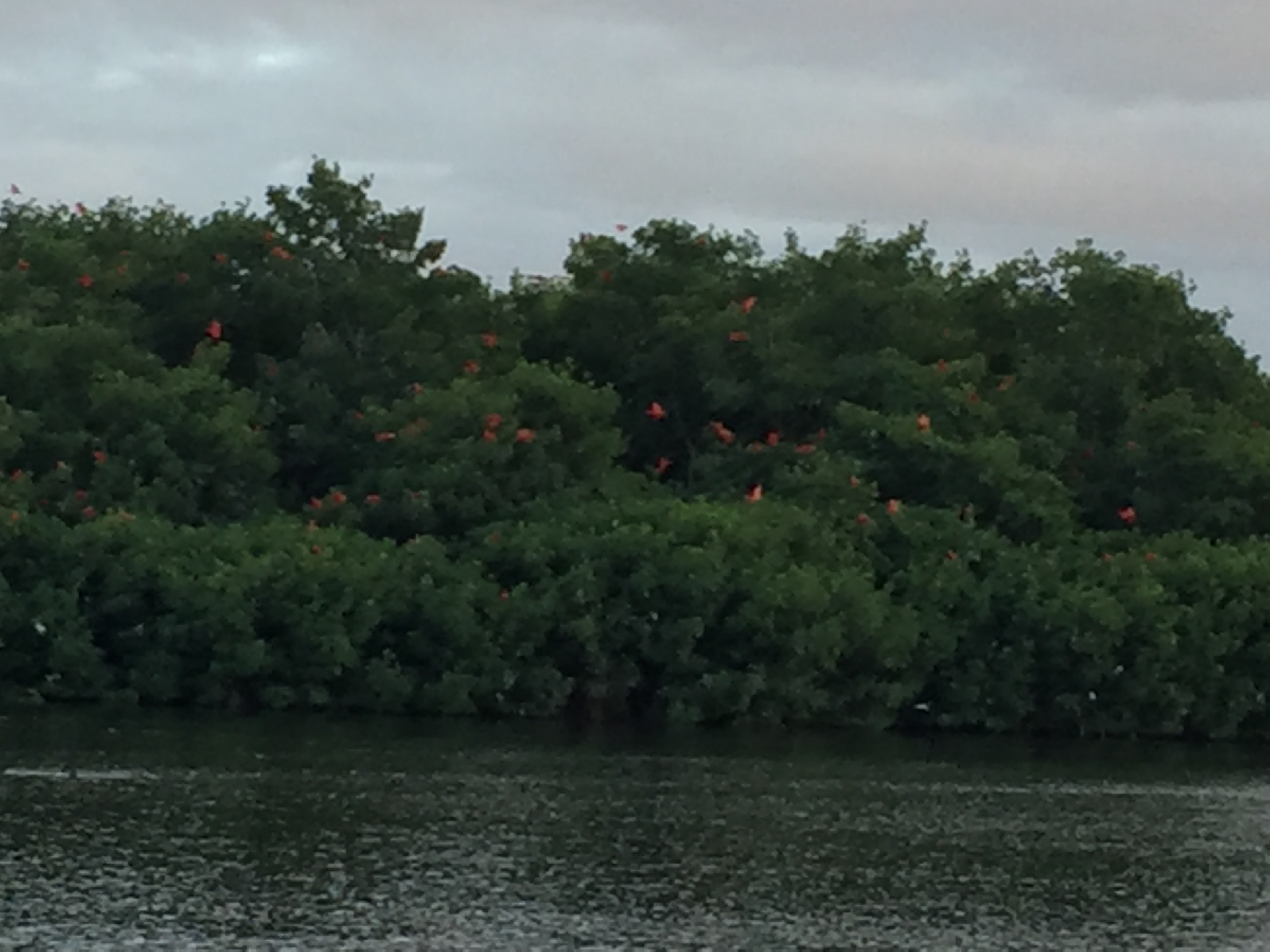
My pictures don’t do this justice, but it was an incredibly beautiful period to see birds fly in flocks and rest on the island for the night.
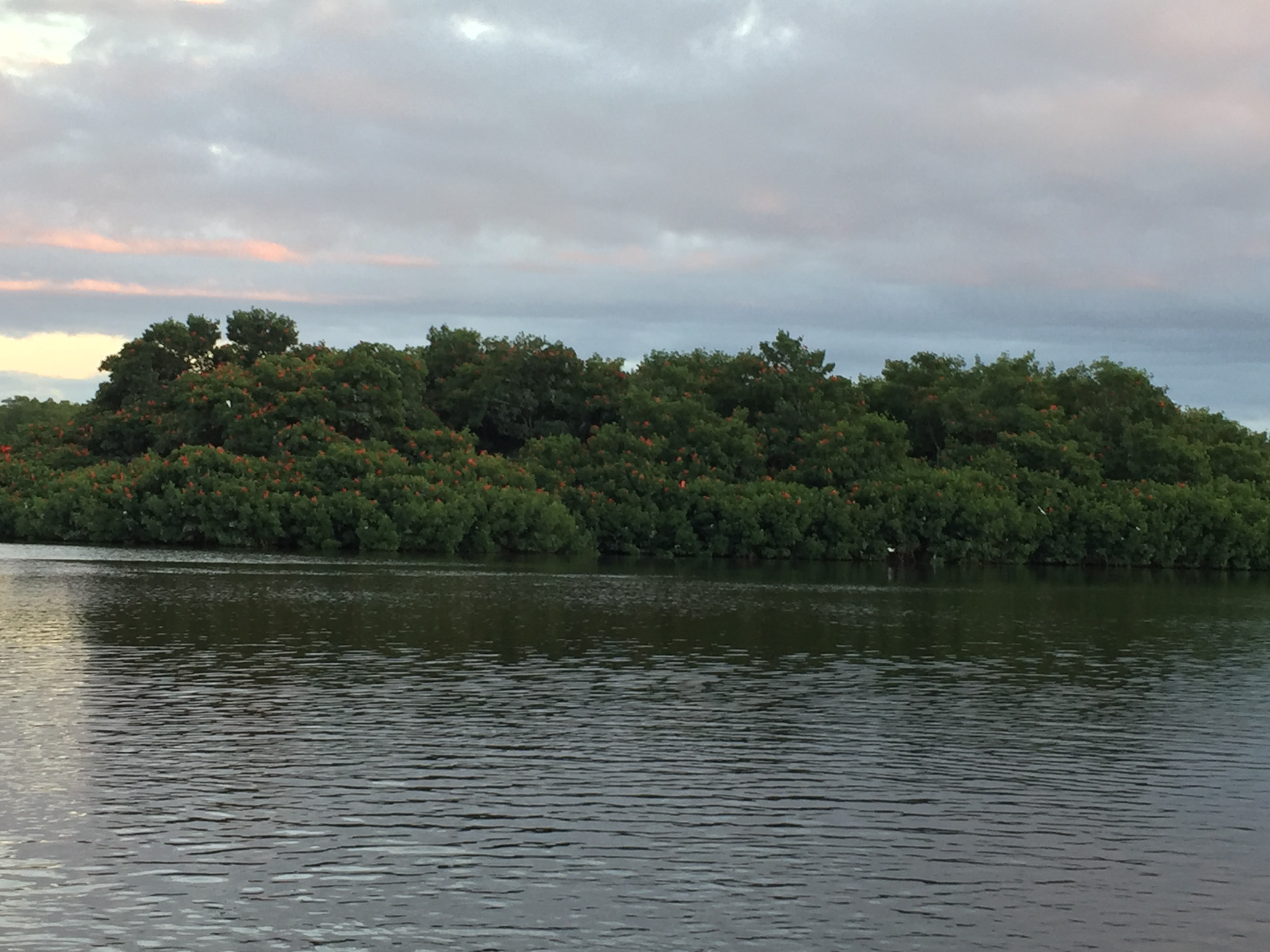
All in all, this was an enjoyable experience. The people of the island are joyful and kind. The food is flavorful and spicy. I can only imagine what the party is like during carnival time. Perhaps one day I will go back and visit during this period.
